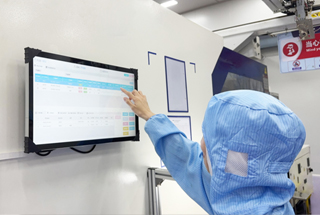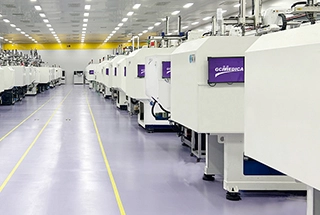In the evolving healthcare landscape of South Africa, reliable tracheostomy tube suppliers are essential for hospitals, clinics, and healthcare providers. Ensuring quality medical devices not only supports patient care but also contributes to the overall effectiveness of airway management procedures. This article provides an overview of the factors to consider when selecting tracheostomy tube suppliers in South Africa, including supply range, regulatory compliance, and procurement strategies.
| Tracheostomy Tubes > |
Understanding Supplier Requirements
When searching for tracheostomy tube suppliers, it is important to evaluate several key factors:
Product Quality and Safety: The tubes must meet stringent quality standards to ensure patient safety. Look for suppliers who can provide evidence of regulatory compliance and robust quality control measures.
Range of Products: A comprehensive product line that includes a variety of tracheostomy tube sizes, materials, and designs is crucial. Different clinical scenarios may call for specific tube dimensions, and suppliers with a wide range of options can address these varying needs effectively.
After-Sales Service: Reliable customer support and after-sales service are critical. Suppliers who offer technical assistance, training resources, and a flexible return policy help healthcare providers maintain consistent and effective patient care.
Factors Specific to the South African Market
South Africa's unique market dynamics require healthcare providers to be particularly strategic in procurement:
Regulatory Environment: Ensure that potential suppliers adhere to local regulatory requirements. Verification of certificates and quality documentation is essential to maintain compliance with national healthcare standards.
Local Availability and Logistics: Suppliers based in or with established distribution channels in South Africa can offer advantages such as shorter delivery times, reduced shipping costs, and better supply chain management. Local suppliers may also have a better understanding of regional market needs and clinical demands.
Cost Competitiveness: Budget constraints are common in many healthcare environments. Comparing prices from multiple suppliers and exploring cost-saving measures, such as bulk purchasing or long-term procurement contracts, can lead to significant savings without compromising quality.
Innovative Solutions: The market is increasingly embracing technological advances and innovative materials in medical devices. Look for suppliers who continuously update their product portfolios to include the latest developments in tracheostomy tube design, ensuring improved patient comfort and clinical outcomes.
Best Practices for Procurement
To optimize the purchasing process for tracheostomy tubes:
Perform a Needs Assessment: Evaluate the specific needs of your institution, including the range of tube sizes required, expected usage volume, and any special features that might be critical for particular patient populations.
Request Detailed Proposals: Ask potential suppliers to provide detailed product information, including technical specifications, compliance certifications, and pricing breakdowns.
Negotiate Contract Terms: Consider negotiating favorable terms such as long-term pricing agreements, discounts on bulk orders, and flexible delivery schedules.
Review Customer Feedback: Seek reviews or testimonials from other healthcare institutions in South Africa to gauge the supplier’s reputation, product reliability, and service efficiency.
Conclusion
Selecting the right tracheostomy tube suppliers in South Africa is a strategic decision that affects both patient outcomes and operational efficiency. By focusing on product quality, regulatory compliance, local logistics, and cost-effectiveness, healthcare providers can secure a dependable supply of tracheostomy tubes. In an environment where patient safety is paramount, partnering with a reputable supplier ensures the necessary tools are available for effective airway management and overall improved healthcare delivery.


 Français
Français Español
Español Products
Products

 About Us
About Us












